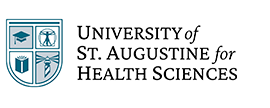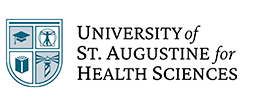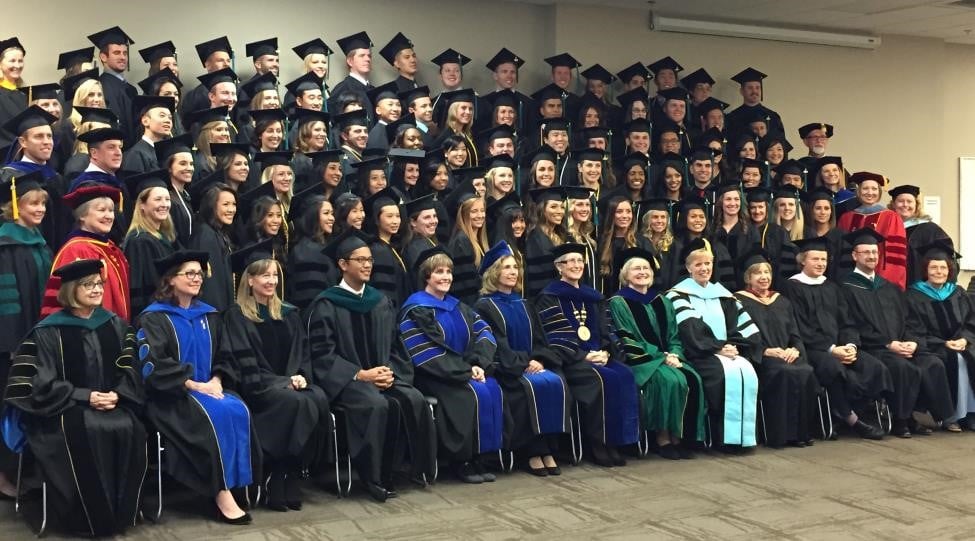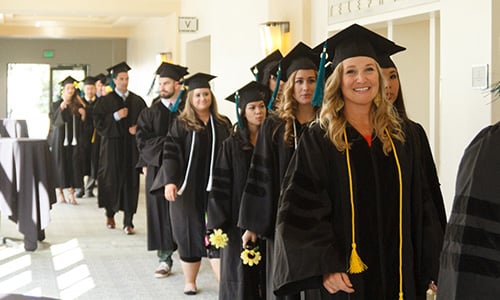 After 26 years as a physical therapist in the U.S. Navy while holding positions as a PT and athletic trainer for various professional and collegiate sports teams, Dr. Edward Kane was far from finished when he decided to retire from active duty.
After 26 years as a physical therapist in the U.S. Navy while holding positions as a PT and athletic trainer for various professional and collegiate sports teams, Dr. Edward Kane was far from finished when he decided to retire from active duty.
“I retired as a Captain in the Navy on July 31, 2007,” Dr. Kane said. “My retirement lasted eight hours. Then I started teaching at the San Marcos campus when it opened.”
The Navy exposed Kane to what physical therapy has been striving to be for the rest of the country: He could see a patient without referral, and he could evaluate, treat and prescribe medication if necessary. The profession has been moving toward this model for treatment for about 10 years, which makes Dr. Kane’s firsthand experience valuable to students.
“Dr. Kane is a compassionate, lifelong learner who is a fair, yet tough, professor,” Dr. Cherie Peters-Brinkerhoff, Program Director of Physical Therapy at USAHS San Marcos, said. “He gives students problems to solve versus just answers to remember, while also teaching professionalism and integrity.”
From Clinical Instructor at Chicago Medical School to Associate Professor at US Army Baylor University, Dr. Kane spent his career learning and teaching. He said his teaching approach is like coaching: He expects 100 percent effort, 100 percent of the time.
“70 percent passing is unacceptable to me,” he said. “That means you don’t know 30 percent of what you need to know.”
Kane says he is always honest with his students. He treats them as people and earns their respect, just as he expects them to earn his. He shows his students that he is invested in them beyond the classroom – as successful physical therapists who will continue to advance the field.
“Students, in my opinion, don’t care how much you know as much as how much you care,” he said.
Dr. Kane himself exemplifies his “100 percent all the time” attitude in his research. One big project for Dr. Kane that recently received recognition is The Global Spine Care Initiative. He is on the editorial board for the project. This initiative brings public awareness and prevention intervention for common spine disorders in low- and middle-income communities. The August edition of the European Spine Journal focused solely on The Global Spine Care Initiative.
Breast Injuries in Sports
Dr. Kane also led a potentially groundbreaking sports research study. After traveling with the U.S. Olympic Committee as the physical therapist and athletic trainer for the U.S. men’s and women’s bobsled team, USA baseball team and working as a PT with the University of Virginia baseball team, Dr. Kane took an interest in sports-related injuries.
“The NCAA collects statistics every year for every single injury that occurs whether it’s during a game or practice, the type of injury, body part… and there’s nothing on breast injuries,” he said.
He contacted two female researchers to help him bring this to the attention of the sports world – specifically college athletes. They found that 50 percent of female athletes experience bruising or pain that affected their play, but athletes did not report it to their trainers.


“How many of these women are getting biopsies ten years down the road and don’t even realize to say they had major trauma to their breast a few times during their sport? Many women who experience trauma to the chest area in car accidents experience fibrosis and fat necrosis that form painful nodules on the breast that can be mistaken for breast cancer,” Dr. Kane said.
The study titled “Breast Injuries in Female Collegiate Basketball, Soccer, Softball and Volleyball Athletes: Prevalence, Type and Impact on Sports Participation” was published in the European Journal of Breast Health. Dr. Kane and his colleagues also just won the research award from the Michigan Physical Therapy Association for the year. The more people he talks to – from high school athletes to Olympic-level athletes – the more people realize that they themselves experienced this type of injury.
Dr. Kane is excited about his findings and continues to push for the study to gain traction. He has the potential to change the safety and prevention of breast injuries in women’s sports for future generations.
“Down the road, if women start wearing protection and people start talking about this, it’ll all be because we did this study and that’s pretty big,” he said.
From student relationships to his constant activity in research and in the PT community, Dr. Kane truly puts 100 percent effort into all aspects of his life.
“Dr. Kane has an extensive research history, and continues to add to the body of knowledge for the physical therapy profession,” Dr. Peters-Brinkerhoff. “All while being a great asset to the University of St. Augustine.”








